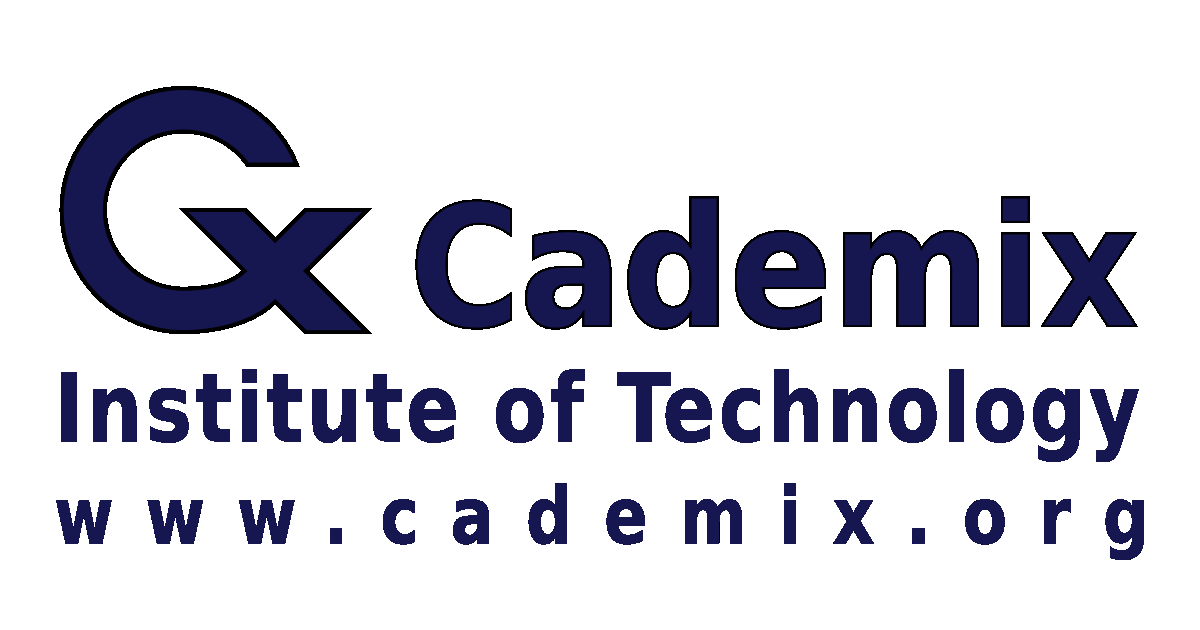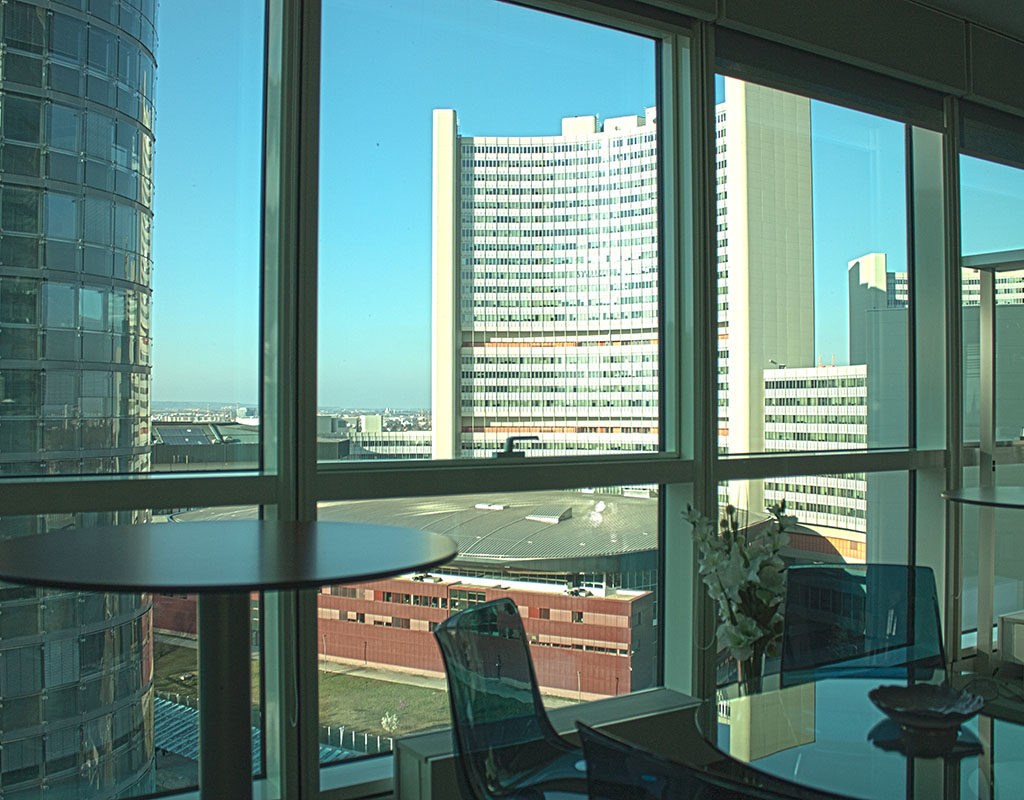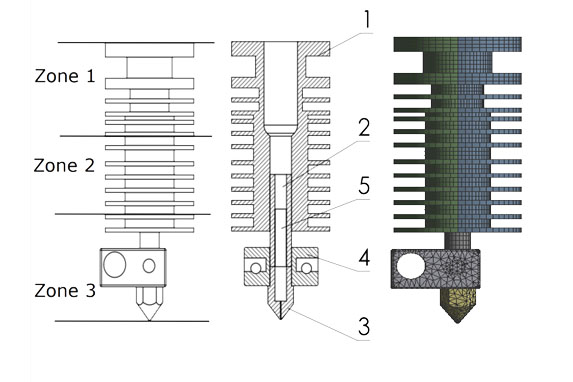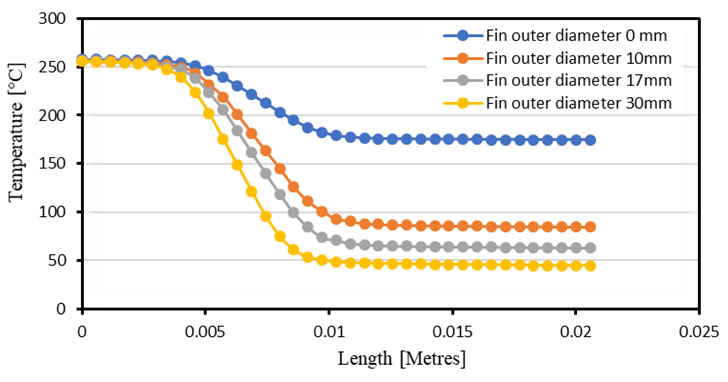Cademix Institute of Technology, Vienna, Austria | +43 650 967 7080 | info@cademix.org


Cademix Institute of Technology
Job seekers Portal for Career Acceleration, Continuing Education, European Job Market
People also visited:
Leveraging GPT and AI for Career Coaching and Professional Development
Why "I Hire Optometry" Won't Get You the Job: Effective Job Search Tips for Optometrists
How can bacteriophage-based biosensors identify cancer quickly?
Chat GPT: Revolutionizing Conversational AI
3D-Planning Software, From Traditional to Modern Architecture
Verification of Newton's Law of Cooling Using Arduino
UX Design and Leveraging Art Principles in Web Design
Rethinking Doctoral Training: Gaps and Challenges in Achieving Long-Term Career Sustainability
Defender Personality: Tech Support Representative
Minimizing Gossip’s Impact and Advice for Foreign Workers in Training
Mastering Job Interviews: Insights from Top Coaching Services
Mechanical and Lab Skills - Top 10 Skills for Every Lab Expert
Academic Struggles with Social Media Impact: An Organizational Psychology Perspective
How GPT-4o Enhances Text, Voice, and Vision - GPT-4 Capabilities
Chemistry Lab Skills and Various Strategies for Developing Them
Navigating Gossip: Practical Tips for Trainees in Europe
Global Impact of Plastics and Its Recycling
Arduino-Based Study on the Effect of Different Parameters on Cooling of Water
Monthly Contact Lenses: Balancing Convenience and Vision Health
GPT-4o for Business: Transforming Workflows and Productivity
Spare Parts Management in Refinery
Navigating the Evolving Job Market in Central Europe: Insights on Domesticity, Regulation, and High-...
Silicone Hydrogel Contact Lenses: Benefits, Features, and Considerations
How to Cultivate Mental Agility? 4 Concrete Steps to Build it
People also visited:
Effective Communication Strategies for Event Managers
Challenges in 3D Medical Imaging Reconstruction: Factors and Considerations
Design, Programming, and Commissioning of Industrial Control Software Using PLC Systems: A Practical...
Speak Simply, Write Accurately: Interview Preparation Guide for Non-Native Speakers
The Role of Photovoltaics in Achieving Energy Independence
The New Standards of Digital Content Responsibility: Why Users Must Take the Lead
Color Contacts for Astigmatism: Benefits, Risks, and Important Considerations
Establishing an Eye Center: Business Models and Key Considerations for Business Owners and Investors
Strategies to Manage Gossip During Training for Foreign Job Seekers
Simulation and modeling techniques for energy optimization
Maximizing Productivity in Hybrid Work Environments
3D Rendering in Real Estate Sector
Acuvue Oasys for Astigmatism Daily: A Comprehensive Overview
How to change jobs during a pandemic
Eye Exam and Glasses Same Day Near Me: Tips for Quick and Efficient Vision Care
The Role of Creativity in Event Planning: Think Outside the Box
Chemistry Lab Skills and Various Strategies for Developing Them
Eye Exams: Essential for Maintaining Vision and Eye Health
AI-Assisted Parametric Design: The Future of Architecture and Product Development
AI-Assisted SEO: Leveraging Artificial Intelligence for Optimal Search Engine Performance
Case Studies Innovative Projects Made Possible with TinkerCAD and FreeCAD
The AI Ethics and Influence: Navigating the Moral Dilemmas of Automated Decision-Making
Quality Assurance & Quality Control
Success Story: Narendra Singh


